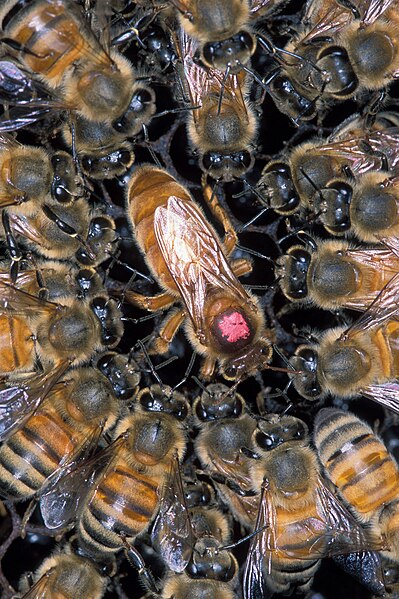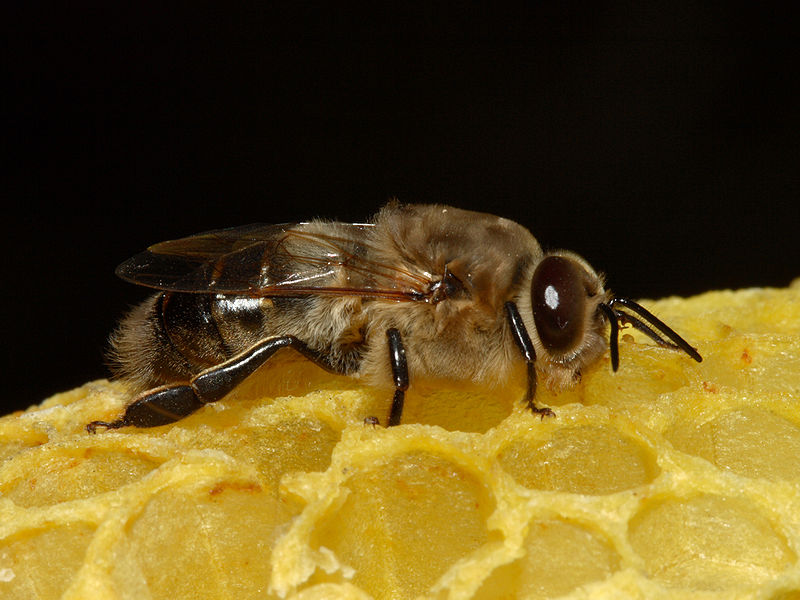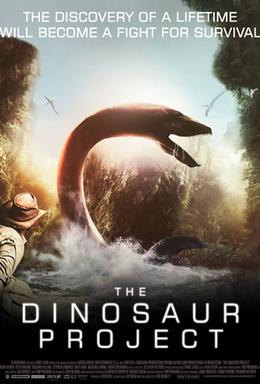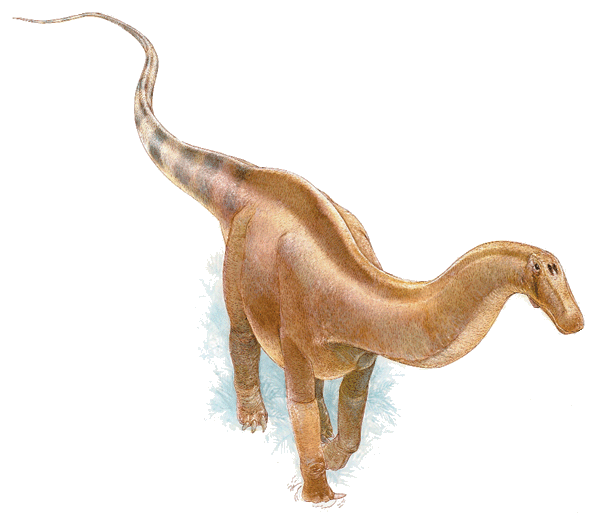Days till:
It is: 10 days till Labor Day
It is: 26 days till the first day of Fall
It is: 89 days till The Good Dinosaur's theatrical release
In the Spotlight:
Nothing to report on this week. Sorry guys.
Topic of the Week by Christian Ryan
There are plenty characters from certain movies who had untimely disappearances from the series...otherwise known as “deaths”. I personally have a lot of characters I loved from movies and television shows – many of which are some of my favorites – that I kind of miss after their death. So instead of doing an article on dinosaurs or some other “sciency” topic, I want to look at some of my most missed characters from films and TV shows. This should be pretty obvious, but just in case anyone somehow hasn't gotten the hint, this article is a HUGE SPOILER ALERT for loads of movies and TV shows. So read with caution!
Bruton (Dinosaur)
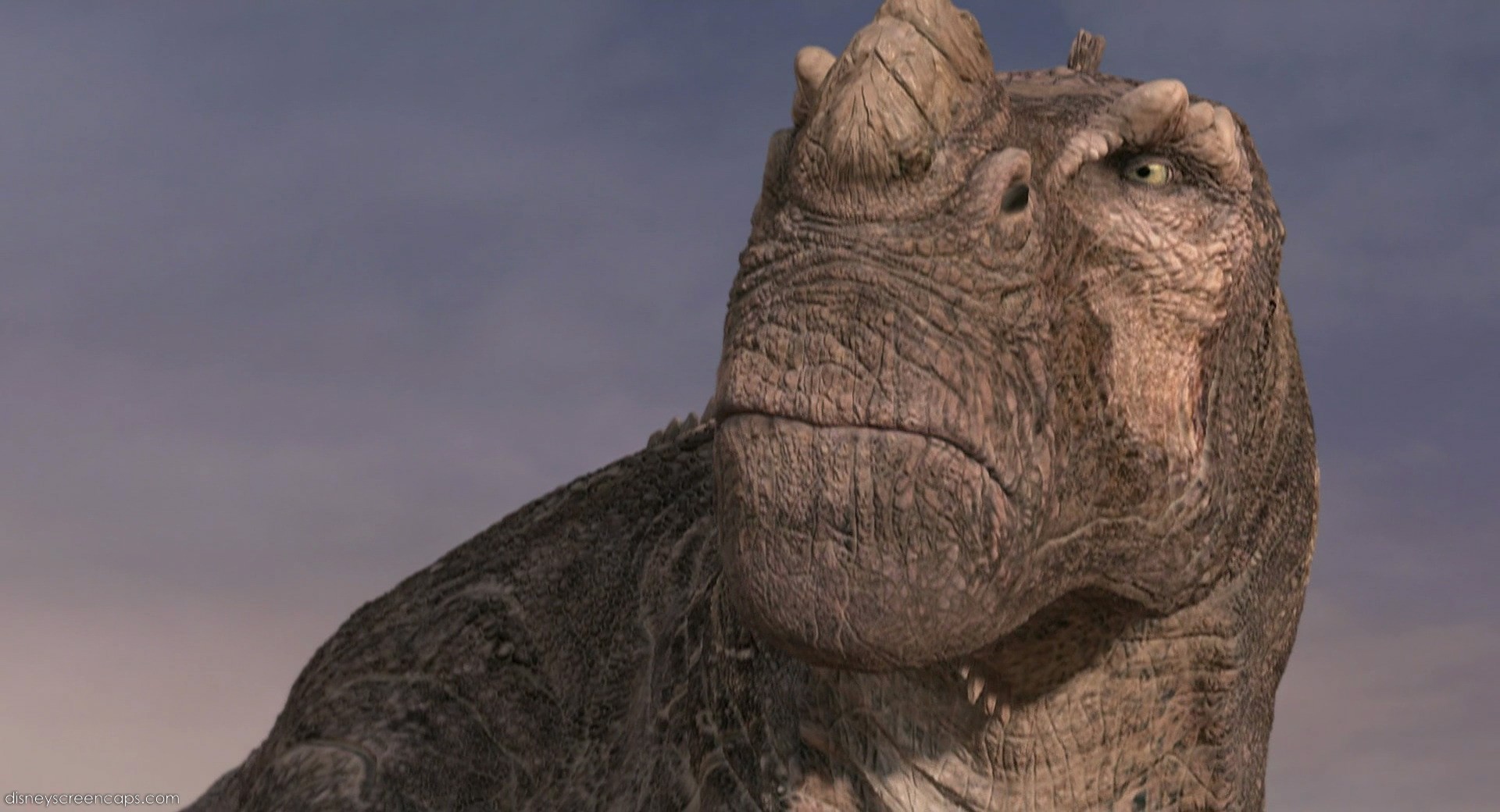 |
| Bruton is an Altirhinus from Disney's Dinosaur |
You didn't really think I was never going to mention dinosaurs in this whole blog post? What can I say, I'm a dinosaur enthusiast. In any case, the first most missed character on my list is Bruton from Disney's 2000 movie Dinosaur (a personal favorite of mine). For those, of you who don't know, this film is about a young Iguanodon named Aladar who finds himself stolen from his nest as an egg and ends up on an island inhabited by lemurs, who adopt him as their own. After he grows up among the primates, an asteroid impact destroys the island and the surrounding landscape, forcing the lemurs and Aladar to find a new home. On their journey, they come across a multi-species herd of dinosaurs (from the gigantic Brachiosaurus to the diminutive Microceratus) also on the same quest. The herd is led by the cruel, stubborn Iguanodon named Kron.
Bruton is an Altirhinus (a close relative of Iguanodon) and is Kron's second-in-command. Usually, he is responsible for giving out Kron's orders and is much like Kron in behavior – they're both ruthless, uncaring, cranky, and want only the strongest members of the herd to survive, abandoning those unable to keep up. But after being fatally wounded by a predatory Carnotaurus (think T. rex with bull-like horns, even tinier arms, a mouth full of teeth and a really bad attitude!), Aladar's determination to assist him and Plio's kindness allows him to have a change of heart. Aladar, his lemur family and a few other dinosaurs from the herd and himself find themselves trapped in a cave endangered by a pair of Carnotaurus and Bruton risks his own life to save the others, dying in the process as the cave roof collapses. (John 15:13, anyone?)
Bruton's last minute change of heart makes me want to add him to this list. We don't get to see much of his “kinder” side. Later in the list, we'll see characters meet their untimely demise after we've gotten far more associated with them!
John Roxton (The Lost World)
 |
| Lord John Roxton certainly cares more for his traveling companions than he does for himself; this is exhibited when he offers to sacrifice his own life for theirs. (PHOTO CREDITS) |
However, as Roxton gets back home to London safe and sound in the novel, I'm not listing him to talk about his character in the novel, but rather his character that appears in the BBC adaptation miniseries of the same name as Doyle's novel. Here, Roxton and the other explorers find residence on the plateau with a tribe of natives. Roxton eventually receives the attention of the chief's daughter and they marry. The tribesfolk and Challenger's team live together in perfect harmony until a pair of allosaurs (presumably Allosaurus or Epanterias, which might actually be a large Allosaurus) attack the village, destroying buildings and killing several natives in the process. Both allosaurs are eventually shot down, but the natives blame the Europeans for this event and chase them into a cave (they superstitiously believe Challenger is the “devil”). Roxton attempts to take his (willing) wife with him through the cave, but a hostile ape once kept captive in the village (upon Challenger's urging) wounds Roxton before he and his wife can escape with the others. As Roxton tries to keep the angry natives away from the cave to allow Challenger's team an escape, he succumbs to his wounds and begins a slow, agonizing death. Upon which, the chief's son (who's father, the original chief, died via an allosaur) has a change of heart, but it seems too late. Though not evidenced in the miniseries, I'm sure London mourned this man's loss when Challenger told them of his death.
Why didn't I put this terrible death further down the list? Because he didn't really die! It is revealed just after the credits roll that Roxton has recovered from his injury and now lives happily married to his wife on the plateau.
Captain Nemo (Twenty Thousand Leagues Under the Sea)
 |
| Captain Nemo was an amazing genius. |
In the film, as in the novel, Captain Nemo is in charge of his submarine, the Nautilus, which patrols the world's oceans in the search of scientific discoveries, virtually unknown to the rest of the scientific world. However, this is only one of his vessel's purposes – the other is to destroy cargo ships that provided supplies for wars and warships. He loathed the concept of war, particularly after his wife and son were tortured to death by a “hated nation” when he had not revealed secrets of his work to them. After sinking a ship carrying Professor Aronnax, his assistant Conseil and master harpooner Ned Land, Captain Nemo allows them to board the Nautilus and they take part in the captain's many adventures through the oceans. In order to shield all of his knowledge hidden in his hideout in the island of Vulcania from surrounding warships, he decides to destroy the hideout with a bomb. In the process, Nemo is shot by one of the soldiers trying to scope out his soon-to-be-destroyed base and after navigating the Nautilus away from the island, he confirms that he wants everyone on board to join him in death; having hit a reef, the Nautilus will soon flood and kill everyone inside. Ned, Professor Aronnax and Conseil don't approve of this and make a bold escape as the Nautilus begins to sink. In what seems to be Nemo's last moments of life, he looks out at the ocean through a viewing window.
Though bearing a corrupt opinion on how to treat humanity, Captain Nemo has been a favorite character of mine and I was saddened by his death. However, as with Lord Roxton, Nemo doesn't actually suffer death. Somehow, he must have managed to survive his dreadful wound and the sinking of his beloved submarine, because he reappears in the film Mysterious Island (1961), inspired by Jules Verne's book of the same name. In this film, Nemo tries a different approach to rid the world of wars – on a remote, tropical island, he has successfully created mutant oversized animals that he hopes will enlarge the world's recourse of food, a common war stimulator. However, before he can accomplish his plan, he “dies” when the island's volcano explodes. Given that Nemo survived his first brush with death, I have little doubt that he might have found a way to survive even this once again. Though no sequels were made of Mysterious Island, we can always hope that our incredible, ocean explorer extraordinaire still roams the sea.
Dr. Laura Sorkin (Jurassic Park: The Game)
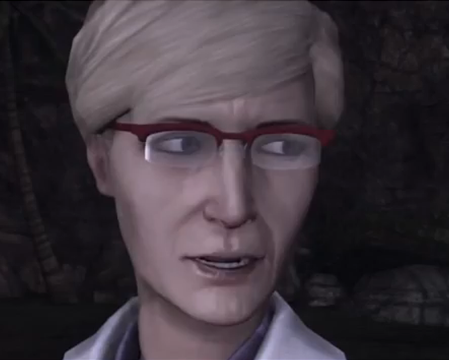 |
| Dr. Laura Sorkin allowed her passion to get the best of her...and the creature she was trying to free consumed her. |
Dr. Sorkin was a geneticist and even though she'd been arrested several times in the past for animal rights-protesting, she still received the job of chief geneticist at InGen. Even though the later-chief geneticist Dr. Henry Wu often gets the credit for figuring out how to recreate the dinosaurs, it was Dr. Sorkin who actually laid the foundations for the plot. She reached a barrier however; in order to create the dinosaurs, she needed a complete genome, but the DNA found in the amber-encased mosquitoes they were using had holes in the genetic code. While Dr. Sorkin wanted to use more research and time to find a way to use dinosaur genes to fill the genome gaps, InGen's Board of Directors wanted a cheaper and quicker method, a method Henry Wu came up with. His plan was to use frog DNA to fill in the genome gaps. As Dr. Sorkin wouldn't comply, Dr. Wu got promoted to her previous position and Dr. Sorkin devoted her time to studying the dinosaurs they were cloning.
Over the course of the game, she is of great help to the other main characters. However, when she learns that Isla Nublar was going to be destroyed via bombing from the US military, she believed the dinosaurs should have the right to live on. So she not only held the rest of her group hostage, but threatened to free the park's Tylosaurus. Unfortunately for her, when Dr. Sorkin fell into the water, the Tylosaurus grabbed and presumably consumed her.
John Hammond (Jurassic Park & The Lost World: Jurassic Park)
 |
| "Spared no expense." - John P. Hammond |
He had Jurassic Park built on an island off the coast of Costa Rica called Isla Nublar. But in 1993, a year before the park was due to open, some of the park's more aggressive attractions caused several incidents, resulting in the park's investor's concerned. To ensure everyone that the park was safe, Hammond invited paleontologist Alan Grant, paleobotonist Ellie Sattler, chaoticianist Ian Malcolm and his investor's lawyer, Donald Gennaro to inspect it. But this investigation didn't go as planned either – the dinosaurs escaped and some (mostly the Velociraptors) killed several people. Jurassic Park became indefinitely closed to the public...until the 21st century that is! (But we'll get to that in a minute).
The last time Hammond appears in a Jurassic Park film is in The Lost World: Jurassic Park, and we see him suffering from some physical ailments. However, despite this, Hammond decides to forehead the movement to protect the dinosaurs his company recreated on the island where they were cloned – Isla Sorna – and turn it into a nature preserve. (Spared no expense, of course) According to the Masrani Global Corporation website, Hammond died in 1997, as InGen began to face an inevitable Chapter 11. But, before his death, he passed over the company to Simon Masrani of Masrani Global. He took the baton from Hammond to continue his work.
John Hammond has always been one of my favorite characters from the franchise. Though we never saw it onscreen, his death was probably inevitable, as Richard Attenborough died on September 24, 2014. Jurassic Park fans everywhere mourned his loss. Even before he died however, he was pretty ill, that explains why the creators of Jurassic World had him die. I will always miss John Hammond/Richard Attenborough, as will many – the dreamer, the scientist, the man who spared no expense.
Stephen Hart (Primeval)
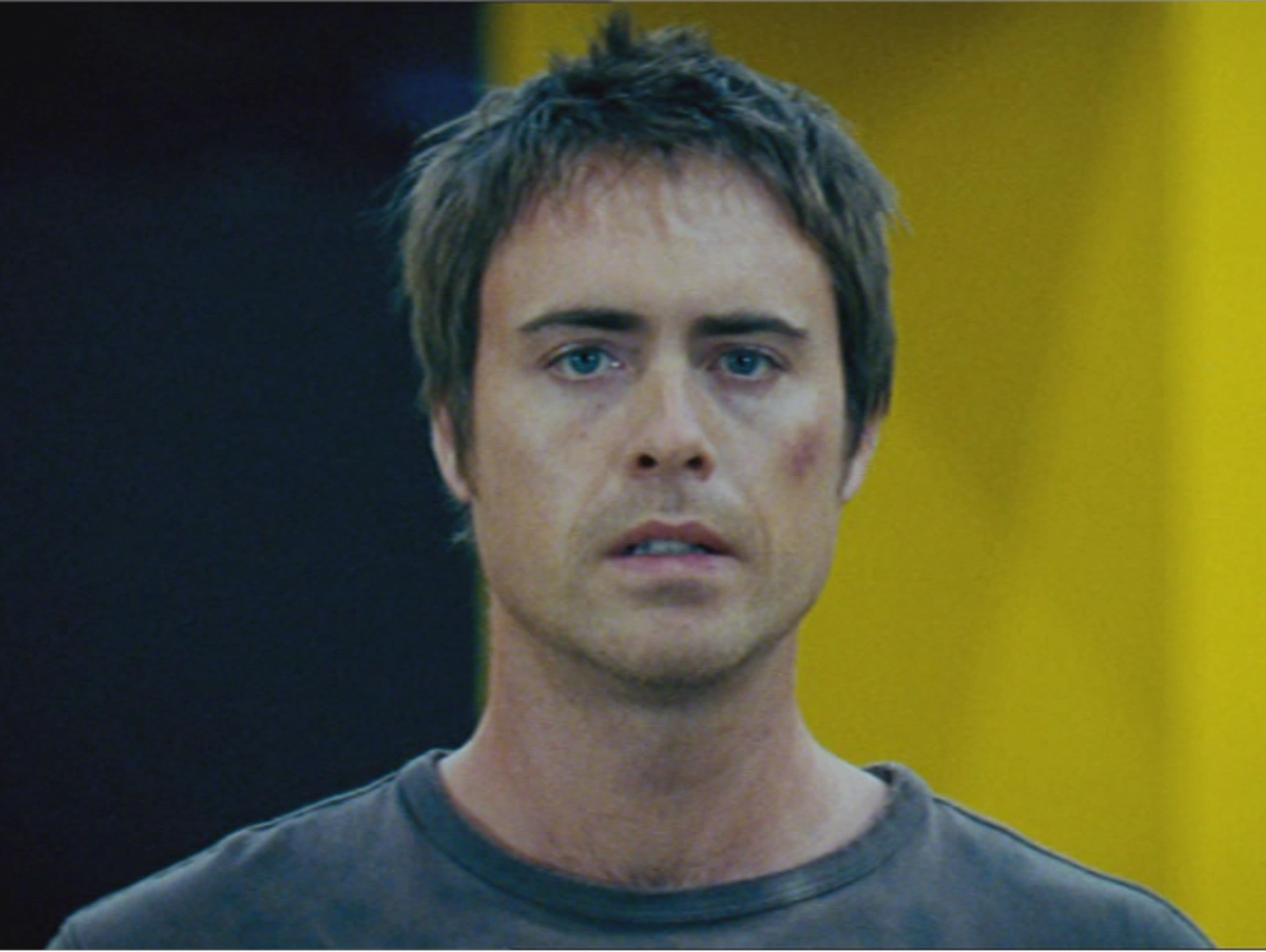 |
| Stephen Hart risked his life to save the world from an invasion of predators from different eras in history and the future. |
Stephen Hart knew Nick from the beginning; they were close friends. However, this is when extinct animals begin to enter the present time through anomalies. The events that follow begin to make their relationship very convoluted. Stephen can be a cold, aloof person, but he's also brave and loyal to his friends, whether he's defending his friends from a dangerous gorgonopsid or taking down a Silurian scorpion single-handed. It is also revealed that he has a complicated relationship with Nick's ex-wife Helen Cutter; they seem to have been romantically involved in the past.
Though he had his character flaws, Stephen's loyalty toward his friends extended even to the end as he sacrificed himself to make sure ancient and futuristic creatures from a creature prison didn't escape into the outside world and threaten the rest of humanity.
Simon Masrani (Jurassic World)
 |
| Simon Masrani quickly picked up the baton, right where Hammond left it. |
Just before Hammond died, he passed the reigns of his company, InGen, to Simon Masrani, CEO of Masrani Global Corporation (which was passed down to him by his father). Simon Masrani appears in the recently released Jurassic World.
After obtaining InGen, Simon Masrani made it his goal to bring John Hammond's dream of creating a dinosaur theme park a reality. In 2005, he did! The Jurassic world opened and it ran successfully for ten years. By this time, lack of public interest in the park made the company want to create a new attraction – not just any dinosaur, but the park's first genetically-modified hybrid. Masrani assigned Henry Wu to create the hybrid, which was later called Indominus rex. Unfortunately, this proved to be the park's downfall – I. rex escaped and many people died in the mayhem, including Masrani himself.
While trying to subdue the Indominus rex from the air, Simon Masrani piloted a helicopter with two military men inside ready to shoot her down. But the hybrid crashed into the park's Aviary, freeing dozens of Pteranodons into the air. They attacked the chopper and caused it to fall to the ground in a great heap of flames. Because Jurassic Park fans got to know Simon Masrani via the company's website and other sources, I'm sure many of us are sad that Masrani died. As with John Hammond, he will be missed.
Stoick the Vast (How to Train Your Dragon, Dragons: Riders of Berk, Dragons: Defenders of Berk & How to Train Your Dragon 2)
 |
| Stoic the Vast appeared throughout the first film and the TV series, which makes it even sadder and unexpected when he dies in the second film, saving his son. |
Stoick had a wife, Valka, and a son named Hiccup Horrendous Haddock III. Valka was abducted by a dragon when Hiccup was just a baby and presumed dead. Hiccup meanwhile grew up to be his father's disappointment until his mid-teens. In fact, Stoick and Hiccup had a rather strained relationship, with Hiccup feeling largely misunderstood by his father and Stoick not feeling Hiccup was a proper viking. This all changed when Hiccup downed a nightfury dragon he later named Toothless. Eventually, Hiccup's love of dragons transformed the entire village, including Stoick and they became closer. In the second film, Stoick's opinion of Hiccup has increased, so much so that he's decided to promote Hiccup to the status of chief of the entire village so he can retire! Hiccup, however, in unconvinced he can do the job properly. Later on, Hiccup and Stoick find that Valka did not die as everyone thought, but had instead been living among dragons for over 20 years, to study their behavior and anatomy. But before the three of them can return home as a big, happy family, Drago Bludvist, a crazed man wishing to take over the world, and his army of men and mind-controlled dragons attack Valka's dragon sanctuary. During the great fight that ensues, Drago mind-controls Toothless via his enslaved Bewilderbeast and just before Toothless fires a deadly blast at Hiccup, Stoick shoves his son out of the way, getting hit by the blast himself. Saddened by his death, Valka, Gobber the Belch (longtime friend of Stoick), Hiccup and his friends conduct a ceremony, honoring the death of this great viking, before going off to defeat Drago once and for all.
I was extremely surprised by Stoick's death, which is why he's so far down on this list! I mean, Stoick was in the first film and two seasons of the How to Train Your Dragon TV series, so I wasn't expecting his death to come in the third. I mean, it's almost as if Mufasa from The Lion King died in, not the first movie, but in The Lion King II: Simba's Pride. (In fact, it was me watching Stoick's death on the second film that made me want to do this blog post!) Of course, fans of the series, such as myself, grieve Stoick the Vast's loss, but with Hiccup now filling his father's shoes, it looks like Berk is in good hands.
Professor Nick Cutter and Claudia Brown (Primeval)
 |
| Nick Cutter was the head of the anomaly research in Primeval. |
Yes, my most missed now-deceased character in the movies/TV shows I've seen isn't actually one character, but two: Professor Nick Cutter and Claudia Brown from BBC's Primeval. The two may have started out as work partners, but their relationship deepened until the tragic events at the end of the first season took place.
 |
| Claudia Brown was a government worker at the Home Office. |
Claudia Brown was a Home Office official sent to the Forest of Dean to investigate strange creature sightings. She teamed up with Nick when she realized he was going to the same destination for the same reason. After discovering a living Scutosaurus in the forest at night, along with Connor Temple, Stephen Hart and Abby Maitland, they all teamed up with the Home Office to investigate these strange creatures and the anomalies that allowed them access to the present world. Claudia and Nick were in a love/hate relationship from the start, as their personalities often conflicted. This all changed when a flock of bloodthirsty Anurognathus attacked the hotel the couple were hiding in and after defending her from these pterosaurs, the two of them shared a kiss. The two of them were in love. Aside from Connor and Abby's relationship, my favorite romantic relationship in the Primeval series was the one between Claudia and Nick. But their relationship didn't last – in the final episode of season 1, Nick, his ex-wife Helen and some other team members prepared to enter an anomaly in order to try and find an anomaly leading to the future. Claudia warned him not to go, feeling something was wrong. But Nick assured her everything would be fine. Regardless, the two kissed again just before Nick entered the anomaly. Upon coming back to the present, things had changed. The most notable change: Claudia appeared to have literally been vanished from the time line! Something (still not revealed in the series) had changed in the past, causing the present to alter as well. Claudia had been replaced by her doppleganger, the public relations manager Jenny Lewis. It was almost as if Nick had a second chance at Claudia (he even accidentally called Jenny “Claudia” several times, much to her annoyance), but that's not what fate had in store. Nick's eccentric ex-wife, Helen, seemed convinced that the aggressive Future Predators' existence was Nick's fault. So near the beginning of season 3, she fatally shot him in the heart, leading to a slow, sad death.
Claudia Brown and Nick Cutter are two of my most missed now-deceased characters from any movie or TV show I've seen. I still get teary-eyed occasionally when I think of this cute couple. Gosh, my eyes are getting wet now!
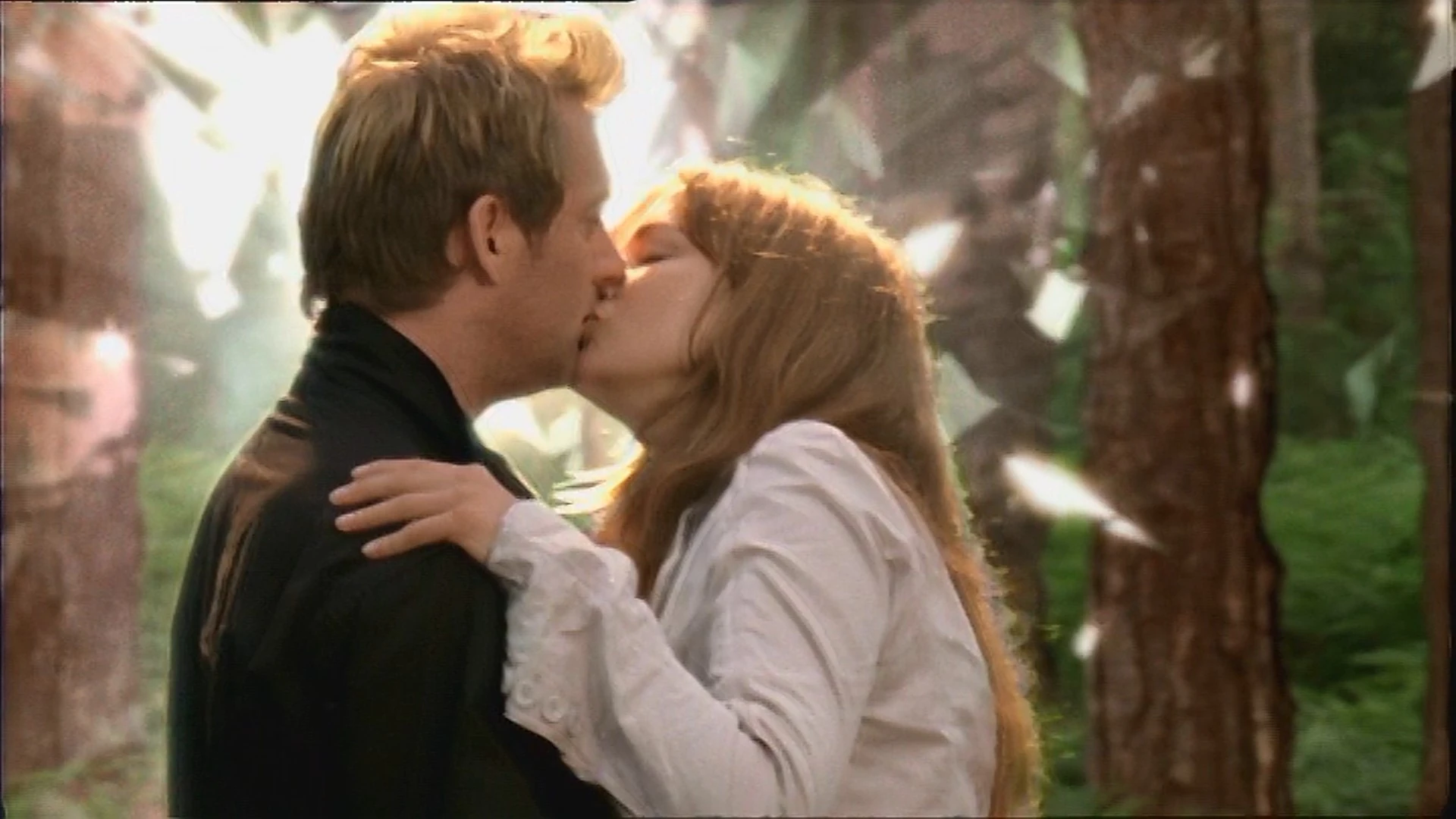 |
| This is their last kiss before Nick enters the anomaly and Claudia vanishes from the time line...I just had to post this. |
I hope you enjoyed this look on some movie/TV show characters that are close to my heart that I will miss. They're a great set of characters, but alas, not everything in life is good, right? Bad things and good things happen in life as life continues to forever change and evolve. With all the changes happening in the world today, it can be hard to find something to be happy about. But at times like that, we should remember the one Individual who never changes, no matter how much life fluctuates...that Individual is Jesus Christ. As it says in Hebrews 13:8, “Jesus Christ is the same yesterday and today and forever.” What a magnificent thing to be thankful to God for!
References:
Obviously, this is normally where I'd put my resources for the information presented above, but as I'm talking about characters in different movies and TV shows today, I think putting my sources down here is unnecessary.
Disclaimer: Many (or in some cases all) of the photographs and images above are not mine and are still-shots from the movies, TV shows and games mentioned above. If you own one or more of them and would like them to be removed, politely let me know via my email address.


.jpg)


.jpg/398px-Honey_Bees_(129853343).jpg)



_pollinating_Avocado_cv.jpg/661px-Honeybee_(Apis_mellifera)_pollinating_Avocado_cv.jpg)

